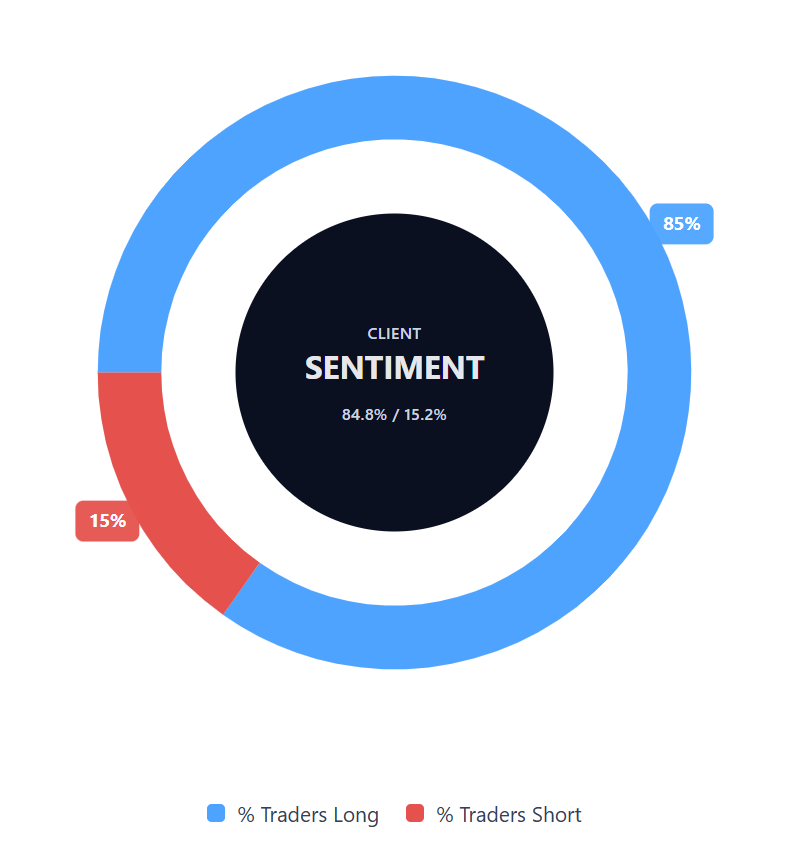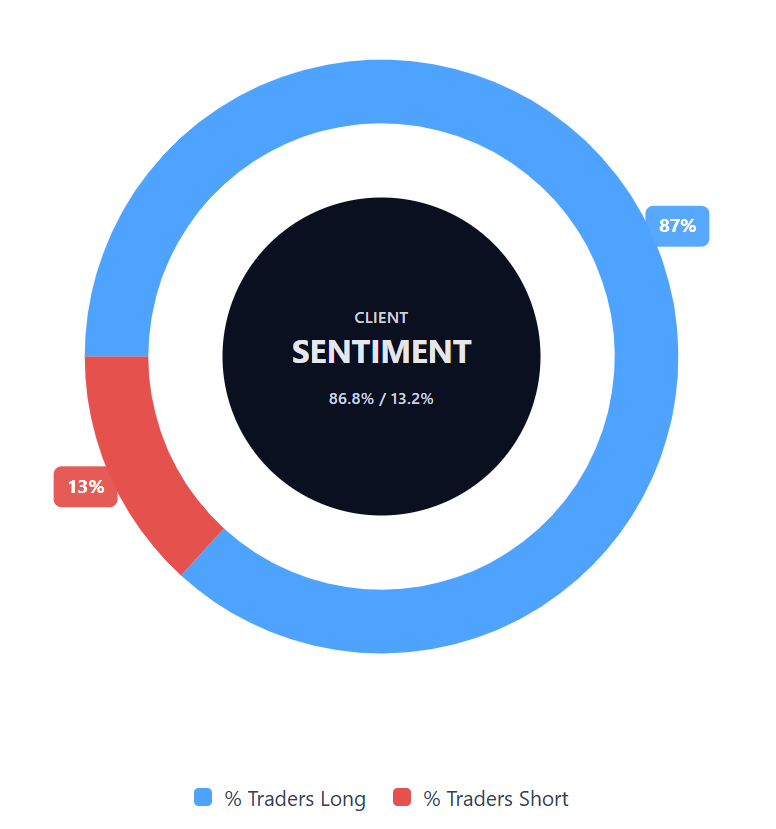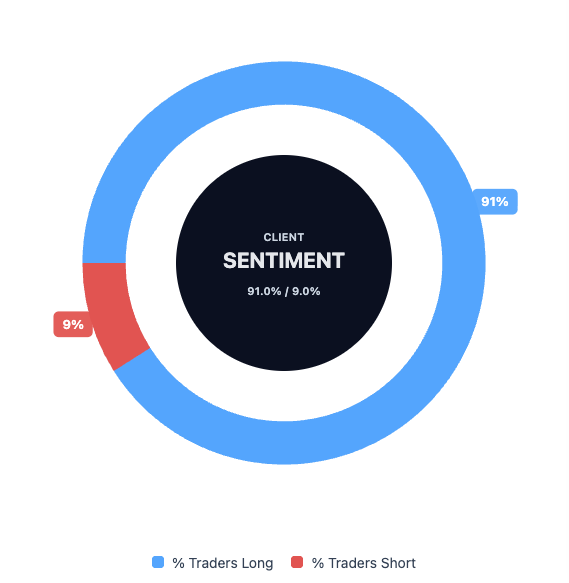Cocoa price forecast: Third-party price targets
US cocoa was trading at $7,398.50 at 14:53 UTC within its intraday range of $7,138.90-$7,483.40, while UK cocoa was at $5,149.10 in a session band of $4,979.70-$5,185.50.
Prices are supported by renewed supply concerns in West Africa, as port arrivals in Ivory Coast fell short of expectations and cocoa grind volumes dropped by 8.5% year-on-year in May. The US dollar index near 105.2 added pressure to dollar-denominated contracts (Reuters, 9 September 2025).
Cocoa price forecast: Analyst price target view
Wallet Investor (algorithmic forecasting service)
Wallet Investor forecasts cocoa to close 2025 at around $8,127.81, potentially reaching $9,450.89 in 12 months, and $18,225.47 by 2030 (Wallet Investor, 10 September 2025).
Trading Economics (model consensus)
Trading Economics’ global macro models project New York cocoa futures at $7,612.55/t by end-Q3 2025, reflecting healthy pod counts and expectations of higher output from Ecuador (Trading Economics, 7 September 2025).
J.P. Morgan (strategist commentary)
J.P. Morgan expects cocoa to remain structurally elevated at around $6,000/t into 2026, with improving supply offset by persistent productivity challenges in Ivory Coast and Ghana (CNBC, 22 August 2025).
CFDs are complex instruments and come with a high risk of losing money rapidly due to leverage. Past performance isnot a reliable indicator of future results.
Cocoa price prediction: Technical overview
US Cocoa Technical OverviewUS Cocoa (CCc1) trades at $7,398.50 as of 14:53 UTC, below its 20/50/100/200-DMAs at ~7,796 / 8,038 / 8,700 / 9,233. RSI(14) is 42, signalling neutral momentum. The nearest resistance is at 8,529; a daily close above could bring 9,348 into view. On declines, initial support lies at the 7,185 pivot; breaking this level risks a move towards 7,000. |
Cocoa UK Technical OverviewCocoa UK (CCc1L) trades at $5,149.10 as of 14:53 UTC, below its 20/50/100/200-DMAs at ~5,362 / 5,386 / 5,973 / 6,845. RSI(14) is 38, also neutral. Resistance sits at the 5,539 pivot; a close above would bring 5,799 into focus. Initial support is at 5,064; falling below could open 4,800 on the downside. |
|---|
This is technical analysis for informational purposes only and does not constitute financial advice or a recommendation to trade. Data correct as of 10 September 2025.
Capital.com’s client sentiment for cocoa CFDs
US Cocoa CFDsUS Cocoa CFD buyers hold 84.8% of open positions versus 15.2% sellers, leaving buyers ahead by 69.7 pp in heavy-buy territory. This snapshot reflects open positions on Capital.com and may change.  |
Cocoa UK CFDsCocoa UK CFD buyers hold 86.8% of open positions versus 13.2% sellers, leaving buyers ahead by 73.5 pp in heavy-buy territory. This snapshot reflects open positions on Capital.com and may change.  |
|---|
Data correct as of 10 September 2025.

FAQ
Is cocoa a good stock to buy?
Cocoa is not traded as a listed equity but mainly as a commodity through futures contracts and derivatives. Suitability depends on individual strategy, time horizon and risk tolerance. Analysts remain divided: some highlight supply constraints, while others note signs of stabilising output and long-term sustainability issues. Independent research and strong risk management are essential before taking a position.
Could cocoa go up or down?
Cocoa prices can shift sharply in response to harvest data, shipping flows from Côte d’Ivoire and Ghana, and demand changes in key markets. Potential upward drivers include weaker West African output or stronger confectionery demand. Downside pressures include favourable weather, stronger harvests or weaker economic conditions.
Should I invest in cocoa?
Exposure to cocoa may suit traders seeking to engage with commodity market dynamics rather than holding long-term equities. US Cocoa CFDs and Cocoa UK CFDs allow speculation on price moves without owning the underlying commodity, but they track futures prices and require margin. Leveraged products carry a high risk of loss and may not suit all traders. Always consider your objectives and risk tolerance.